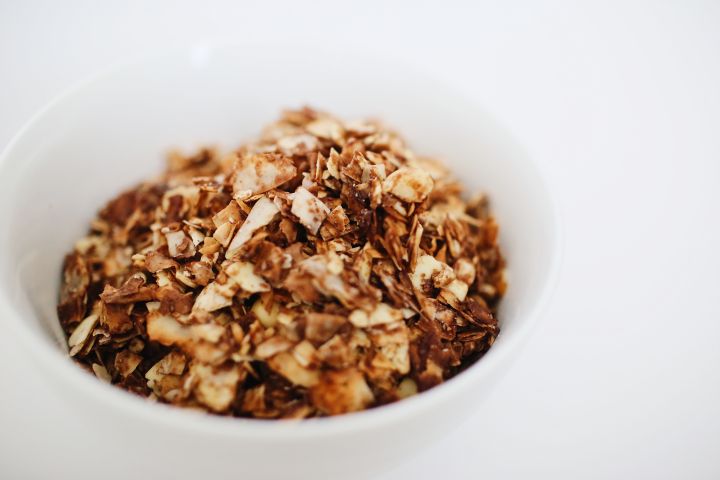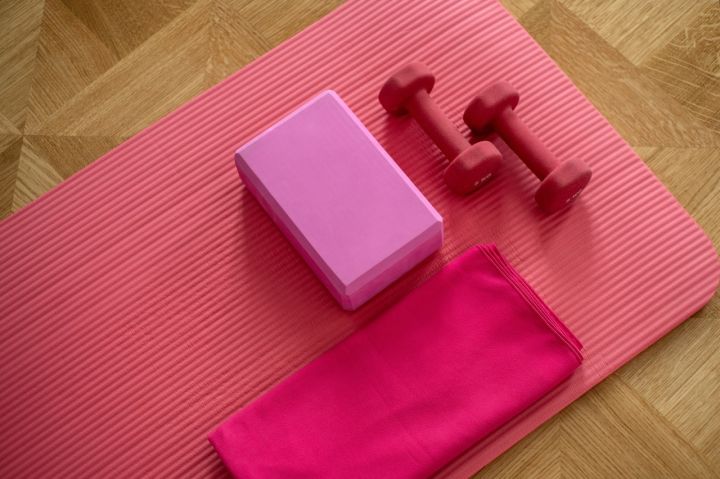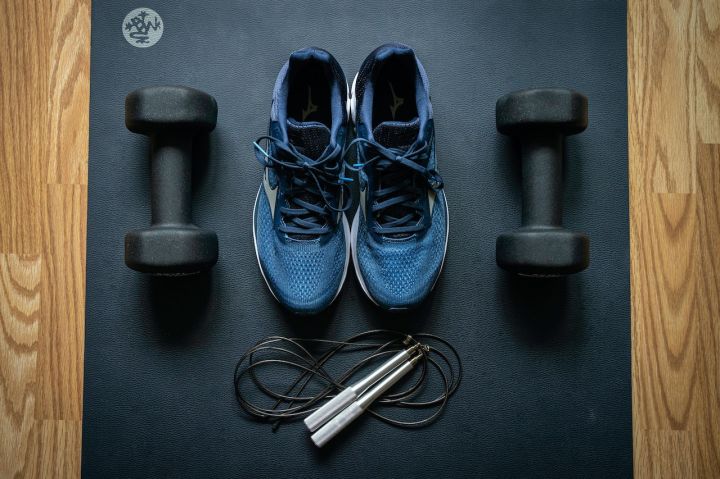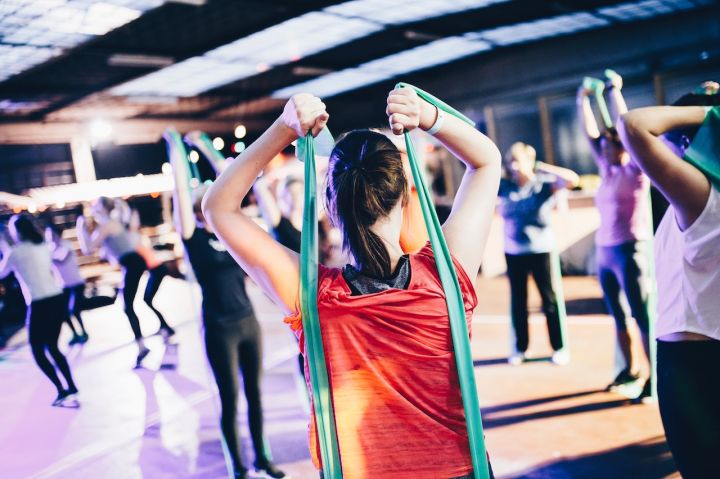By now, many people know that oatmeal is rich in muscle-building nutrients.

At the same time its taste, satiety, the richness and variety of ways to prepare and mix it, its cheap price and easy storage are what make oats the best choice for a workout breakfast, no matter the season.
Not to mention that it also contains a nutrient profile that contains a unique blend of nutrients that make it one of the healthiest foods for the heart, making it one of the best ingredients for anti-ageing.

In fact, two of the highlights of oatmeal for heart health include beta-glucan, a unique fibre that takes cholesterol out of the body, and antioxidants that help lower blood pressure.
But one thing is that there is one important nutrient that oats are not high in: Protein. (it contains around 10 grams of protein per 100 grams), all to say it may need to be supplemented with extra protein. Here we share some ways of combining some good ingredients to make your oatmeal breakfast, which can better help your muscle growth and make it more nutritious.

1. Nut butter

The most common type of nut butter is peanut butter, which contains 24% to 36% peanut protein. This adds 4.5 grams of protein to one spoonful of peanut butter, 9 grams of protein to two spoonfuls of peanut butter, and the same amount of protein to other nut butters.
Once you have added nut butter to your breakfast, try topping it with fresh fruit to add a natural sweetness without adding processed sugar.
2. Milk

If you add milk, a glass of milk (250g calculation) will add about 7-8g of protein. Don't like dairy products? Soya (soy) is also a good choice, with 20g of soy milk providing an extra 7g or more of protein.
Some people prefer cottage cheese or ricotta for a creamier texture, or top it with plain yoghurt etc (adding 100-200g), which can also add between 4 and 10g of protein.

Note, however, that other milk alternatives, such as almond milk and coconut milk, don't have much protein left.
3. Nuts

If you prefer the original nuts, you can add one or two tablespoons of nuts (about 15-20g) instead of using nut butter, which can have 5g of protein.
Dried sunflower seeds and dried cranberries are also good choices, or more hazelnuts, and walnuts.
4. Eggs

Your morning oatmeal doesn't have to be sweet (every taste is different). You can add shredded spinach or kale, some cheese, and top it with a fried egg, which will give you an extra 6 grams of protein per egg.
Then add whatever toppings you want to add to the omelette: Leeks, salmon (for more protein), or peppers, mushrooms, or onions, and cheese (also a protein), and this change in your choice can take your oatmeal from breakfast to lunch or dinner.
5. Whole grains

Try making a hot porridge with a high-protein grain, such as quinoa or kamut, either mixed with oats or on its own. For example, 200g of cooked quinoa contains 8g of protein.
This mixed grain porridge is also considered a delicious option, except that this grain is not readily available in china at the moment.
6. Protein powder

Obviously, the easiest way is to add a scoop of protein powder to the oats. You can choose one of your favourite protein powders: Whey, soya, etc. Just make sure it is made from real food ingredients, without a lot of additives or other ingredients.

Our advice is to dissolve the protein powder in a small amount of liquid before putting it into your oatmeal, otherwise it will be difficult to mix and may clump together and affect the taste. A scoop of whey protein powder usually contains 25 to 30 grams of protein.
Are you finding that there are still plenty of ways to make oatmeal taste better and to help you build better muscle if you work out? Then start making your own, nutritious oatmeal breakfast now.






